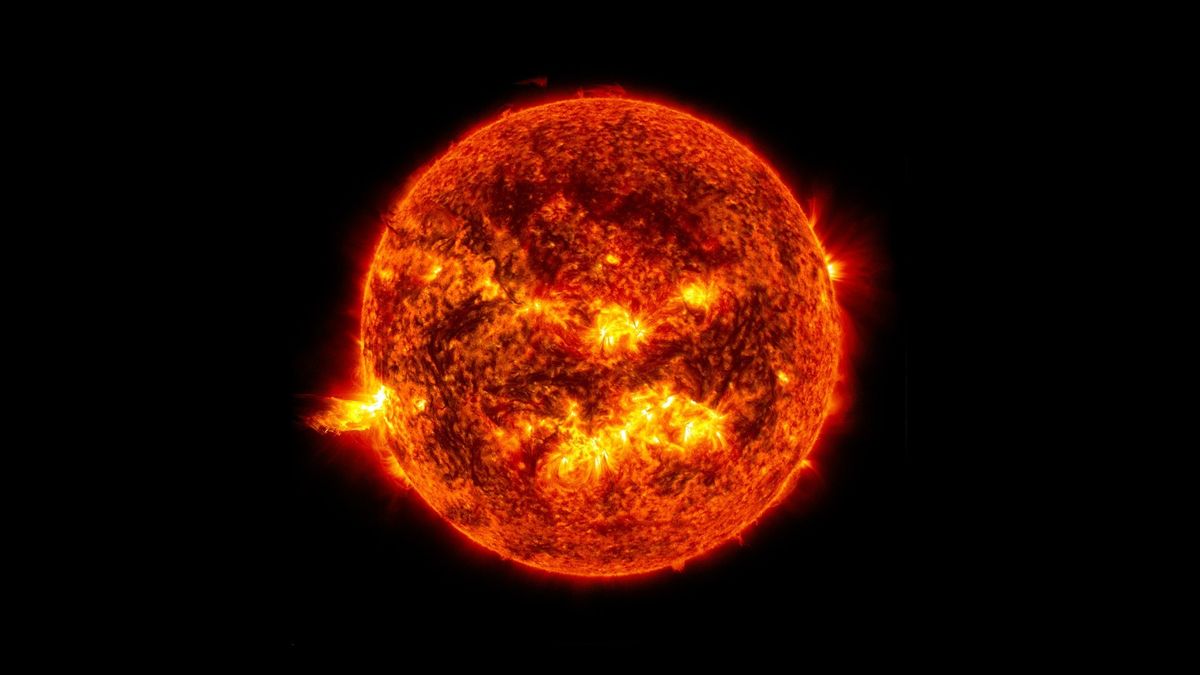A solar flare is a sudden, intense eruption of energy released from the Sun’s surface. These powerful explosions can release as much energy as billions of hydrogen bombs. Solar flares are often accompanied by coronal mass ejections (CMEs), which are massive clouds of plasma that can be ejected from the Sun’s corona.
The Science Behind Solar Flares
Solar flares occur when magnetic energy stored in the Sun’s atmosphere is suddenly released. This energy is generated by the movement of magnetic field lines, which can twist and tangle over time. When these magnetic field lines reconnect, they release a burst of energy in the form of electromagnetic radiation, including X-rays and ultraviolet light.
Effects of Solar Flares on Earth
While solar flares are awe-inspiring, they can also have significant impacts on Earth. Some of the effects include:
- Radio Blackouts: Solar flares can disrupt radio communications, particularly shortwave radio.
- Geomagnetic Storms: CMEs can trigger geomagnetic storms, which can disrupt power grids and satellite communications.
- Aurora Borealis and Australis: Solar flares can enhance the intensity of auroras, the colorful light displays in the polar skies.
- Radiation Exposure: Astronauts in space can be exposed to increased radiation during intense solar flares.
Monitoring Solar Activity
Space agencies around the world, such as NASA and the European Space Agency (ESA), monitor solar activity to predict and mitigate the potential impacts of solar flares. By studying the Sun’s magnetic field and observing sunspots, scientists can forecast the likelihood of solar flares and issue warnings to relevant authorities.
The Future of Solar Flare Research
As technology advances, scientists are developing more sophisticated tools to study solar flares. Space-based observatories, such as the Solar Dynamics Observatory (SDO) and the Parker Solar Probe, are providing unprecedented insights into the Sun’s behavior.
By understanding the underlying mechanisms of solar flares, scientists hope to develop better forecasting models and mitigation strategies. This knowledge can help protect critical infrastructure and ensure the safety of astronauts in space.
Would you like to delve deeper into a specific aspect of solar flares, such as their impact on Earth, the technology used to study them, or future research directions?
